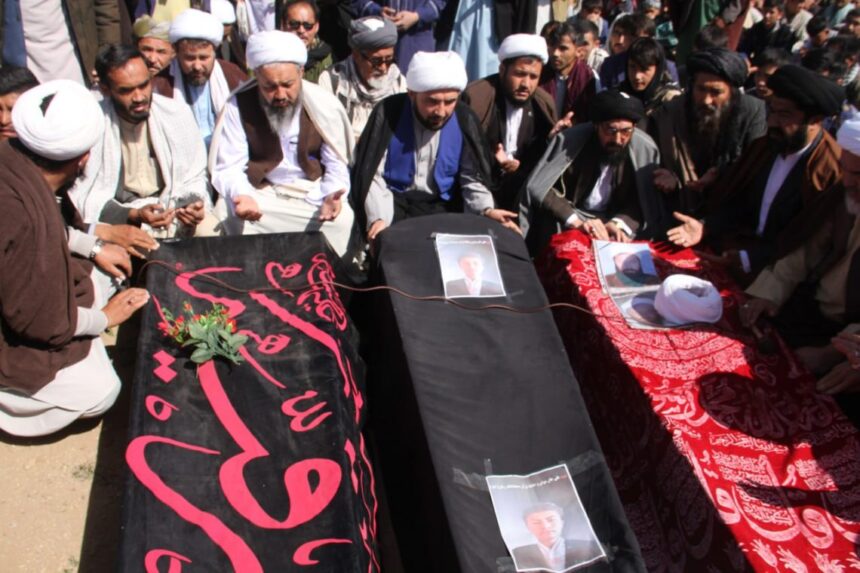RASC News Agency: The United Nations Assistance Mission in Afghanistan (UNAMA) reported that between January and March of this year, ISIS attacks in Afghanistan resulted in at least 36 deaths and 118 injuries. According to a report released by UNAMA on Thursday, May 2, under the mandate of the United Nations Security Council on the human rights situation in Afghanistan under Taliban rule, most of these attacks targeted the Shia community.
The report stated that between January 6 and 11, three hand grenade explosions in Kabul led to at least 79 casualties, most of them civilians. UNAMA added that on January 6, an improvised explosive device (IED) planted in a passenger bus in the Dasht-e-Barchi area of Kabul resulted in the deaths of five civilians and injured 20 others.
Additionally, on January 9, an IED explosion in a vehicle carrying Taliban prison staff in the Alokhel area of Kabul resulted in three deaths and 13 injuries. According to the report, on January 11, an explosion at a commercial market in the Dasht-e-Barchi area of Kabul resulted in three deaths and 21 injuries.
Men, women, and children were among the victims of these attacks. UNAMA’s findings indicate that a suicide bombing in front of Kabul Bank in Kandahar on March 21 resulted in 25 deaths and 50 injuries. ISIS claimed responsibility for all of these attacks. Since March, Kabul and Herat have also experienced ISIS attacks.
In the most recent incident, on the evening of Monday, April 29, an attack by ISIS gunmen on a Shia mosque in the Guzara district of Herat province resulted in the deaths of six people, including women and children, and left one person injured.
This report on the casualties from ISIS attacks in Afghanistan is released while the Taliban consistently claim that ISIS fighters do not have a physical presence in Afghanistan under their rule.






